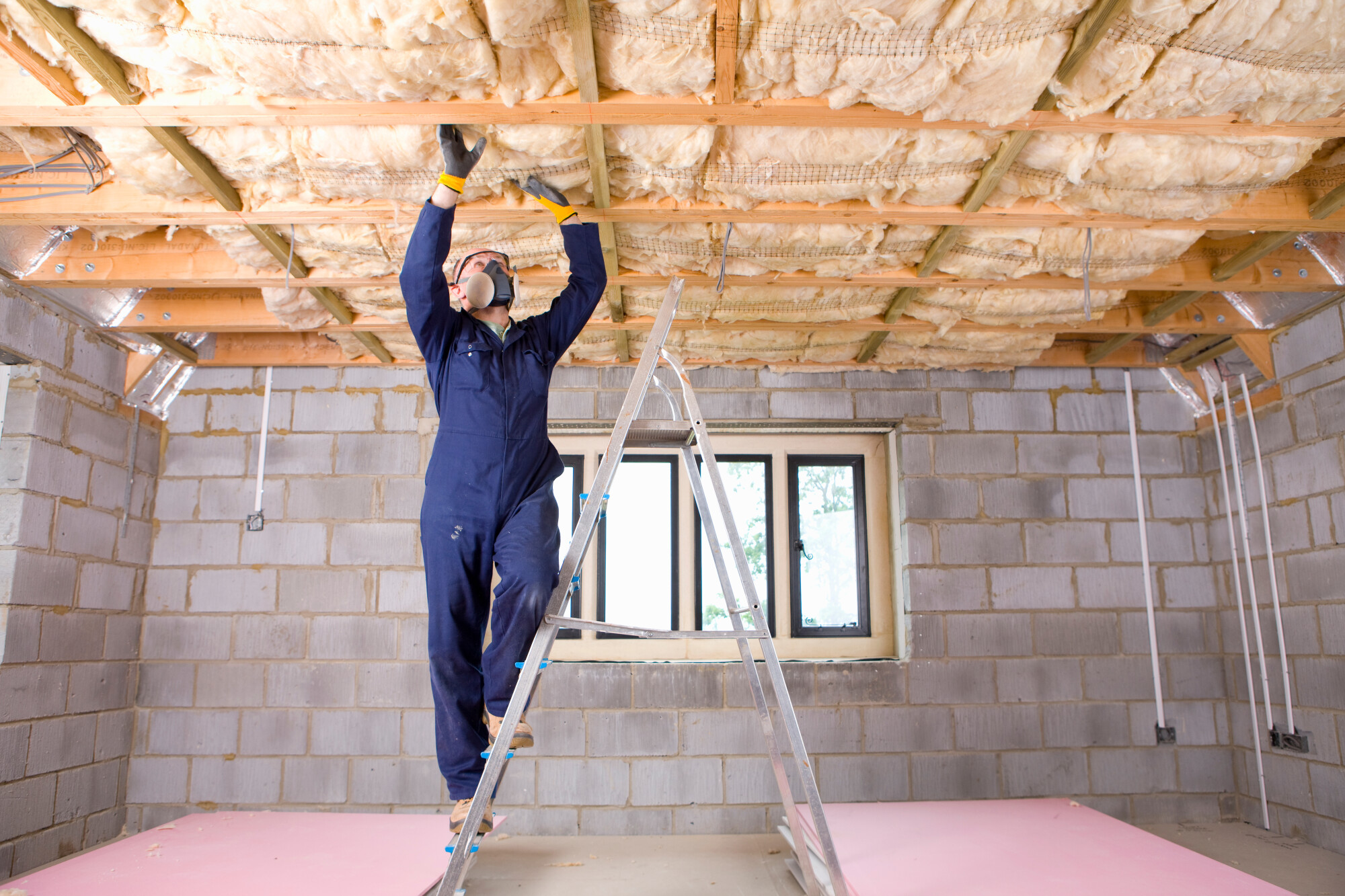How to Safely Install Attic Insulation
Are you looking for more insulation for your attic but need help figuring out where to start?
Sound familiar? You’re in the right place. Installing attic insulation can make your home more comfortable, reduce heating/cooling costs, and help your HVAC system work more efficiently.

Here’s everything you need to know about how to install attic insulation safely.
Gather the Necessary Materials
Before you start installing insulation, make sure you have everything you need. Most attics are insulated with fiberglass batts or cellulose that have been blown in. Fiberglass batts are rolls or bags of insulation that have already been cut, while blown-in cellulose is loose-fill insulation that needs a machine to blow it into place.
You’ll also need a utility knife for cutting insulation, a staple gun for attaching batts, a tape measure for taking measurements, a dust mask to protect against flying particles, safety goggles to protect your eyes, gloves to protect your hands, and the proper protective clothing.
Measure and Calculate
To figure out how much insulation you need for your attic, you need to take accurate measurements. Measure the length and width of the space in the attic, paying attention to any bumps or weird shapes.
Take note of any places that need extra care, like roof exits or points of entry. With these numbers, you can determine how much insulation you need by selecting how many square feet are in the attic.
Also, think about the R-value that is recommended for your area. The R-value measures how well the insulation keeps heat from escaping, and the different regions suggest different R-values for the best energy economy.
Ensure Proper Ventilation
Enough airflow in the attic is essential for keeping the attic healthy and avoiding needing crawl space repair. Proper airflow keeps moisture from building up, stops mold from growing, and keeps insulation from breaking down too quickly.
Check if your attic already has vents installed and ensure they are not blocked. If your attic lacks ventilation, consider installing roof vents or other ventilation systems to promote airflow and maintain a balanced attic environment. Proper ventilation should be in place before insulation installation.
Put on Safety Gear
Fiberglass or cellulose strands, which can hurt the skin, eyes, and lungs, can be released into the air by home insulation materials. Before working with insulation, put on a dust mask to keep out particles, safety goggles to protect your eyes from flying debris, and gloves to keep your hands safe.
Install Insulation Batts
If you’re using fiberglass batts, take them off the roll and lay them on the ceiling joists so they’re not curved. Start at one end of the attic and work across, putting the batts tightly between the posts.
Be careful to avoid squashing the insulation because that makes it less effective. You can cut the insulation with a tool knife to fit around objects like wires, plumbing, or airlines. Ensure the insulation covers the whole floor of the home attic and is the right amount for the required R-value.
Achieve Comfort and Savings With Expert Attic Insulation
Attic insulation is the most cost-effective way to reduce energy costs and increase home comfort. When installed properly, it can provide long-term benefits and serve as a great way to increase the efficiency of your home.
If you need help insulating an attic safely, contact a reliable local contractor to get the job done right.
Was this article helpful to you? If so, check out our blog for more useful content and resources.


